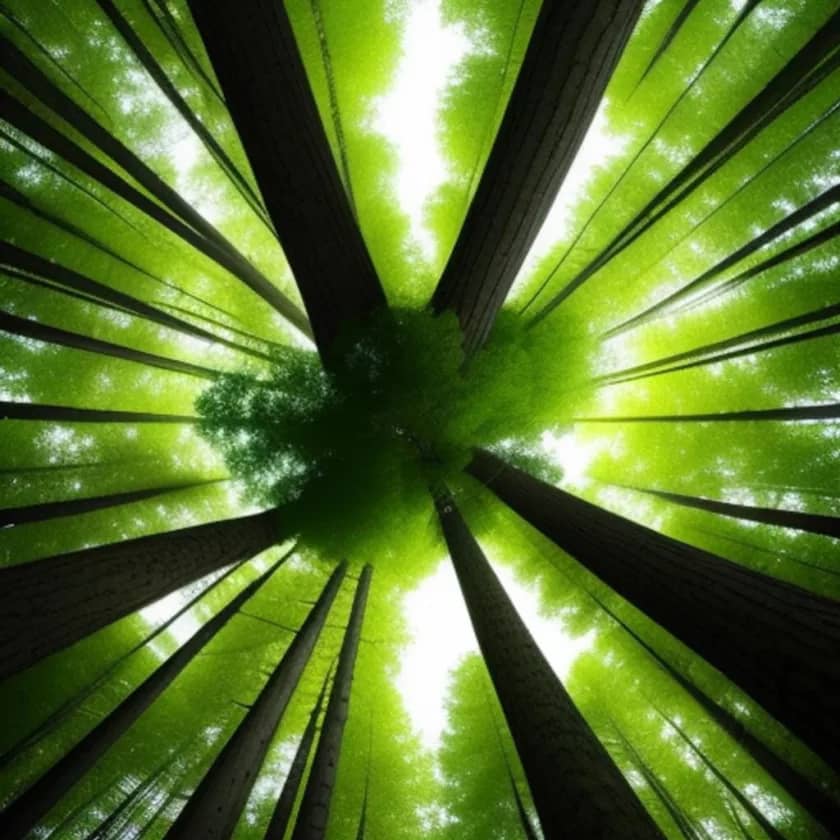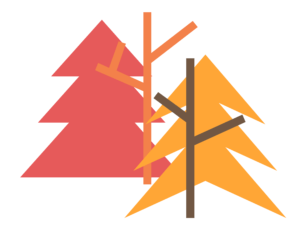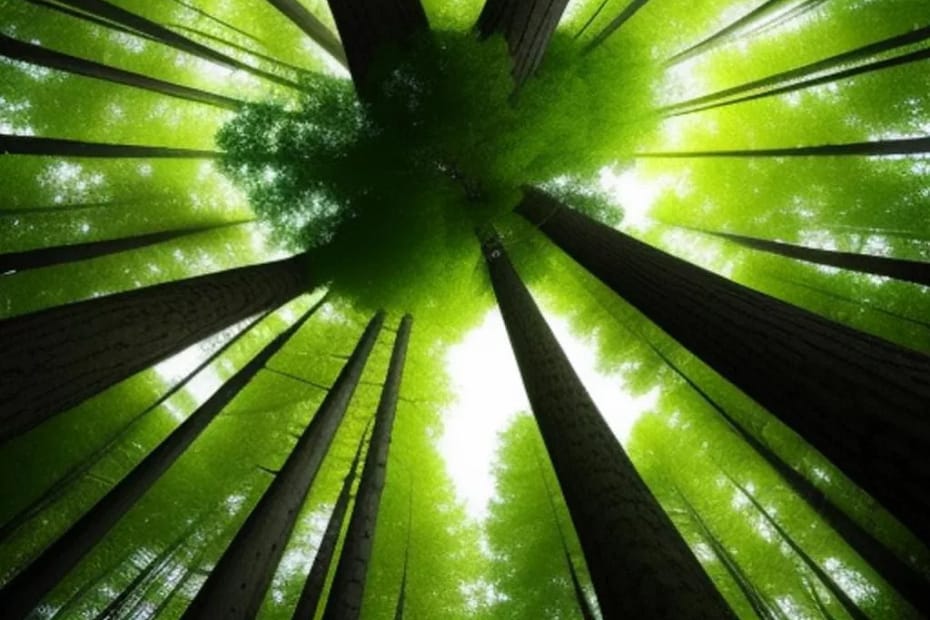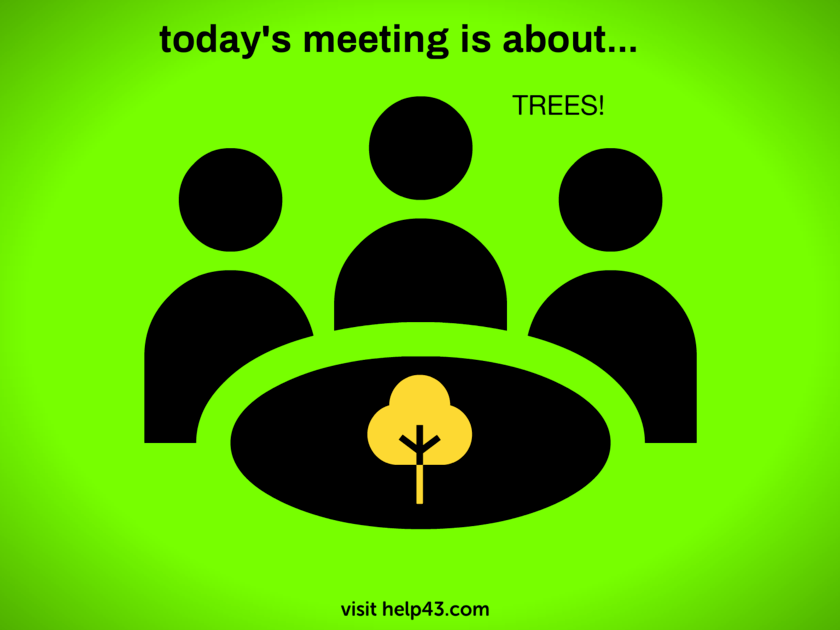The term “wood-wide web” refers to the intricate network of underground fungal connections, known as mycorrhizal networks, that exist between trees in a forest. This network allows trees to communicate and share resources with each other, contributing to the overall health and resilience of the forest ecosystem. While this web is not visible to the naked eye, it is a vital and fascinating aspect of the interconnectedness of trees within a forest.
What does a wood-wide web look like
Imagine the wood-wide web as an invisible and highly complex communication system that spans the forest floor. It consists of fine, thread-like structures called hyphae, which are the fungal equivalent of roots. These hyphae extend far and wide, intertwining with the roots of multiple trees in the area.
Here’s how the wood-wide web works
Nutrient Exchange
Trees engage in a mutually beneficial partnership with mycorrhizal fungi. The fungi attach to the tree roots and extend their hyphae into the soil, greatly increasing the tree’s capacity to absorb water and nutrients, such as phosphorus and nitrogen. In return, the tree provides the fungus with sugars produced through photosynthesis.
Information Sharing
When a tree faces stress or a threat, such as an insect attack or drought, it releases chemical signals into the air and soil. Nearby trees, connected through the mycorrhizal network, receive these chemical cues and can respond accordingly. Some trees may activate their defense mechanisms to protect themselves from potential threats, even if they have not directly experienced the stressor.
Resource Allocation
Trees in a forest can also allocate resources strategically. If one tree has an abundance of nutrients or water, it can transfer some of these resources through the wood-wide web to neighboring trees that may be in need. This resource-sharing mechanism helps support weaker or younger trees, contributing to the overall health and growth of the entire forest community.
Species Diversity
The wood-wide web is not limited to connections between trees of the same species. Instead, it facilitates connections between different tree species, enhancing species diversity and promoting a more resilient and adaptable forest ecosystem.
While we cannot physically observe the wood-wide web, scientists use sophisticated techniques, such as isotopic tracing and genetic analysis, to study and map these intricate networks. Their research has revealed that the wood-wide web can span vast areas, connecting trees over large distances, and is a critical aspect of how forests function and respond to their environment.
Understanding the wood-wide web provides us with a new perspective on the intelligence and interconnectedness of trees within a forest. It reminds us that a forest is more than just a collection of individual trees—it is a dynamic and cooperative community where trees communicate and support each other in extraordinary ways.

Shop Corner
The wood-wide web on Amazon
Thank you for likes, shares and comments! 🌳🌴🌲🌵
Source OpenAI’s chatGPT Language Models, Dalle, AI trot and Fleeky
images Picsart and MIB
Invest in your future
Take time to learn
Embark on your journey in affiliate marketing and website creation alongside an incredible community and myself. Invest in your future by dedicating time to learn and earn. Take all the time you need to master the basics before aiming higher. Give it a try and sign up for free. You won't regret it! Discover the possibilities for yourself...


